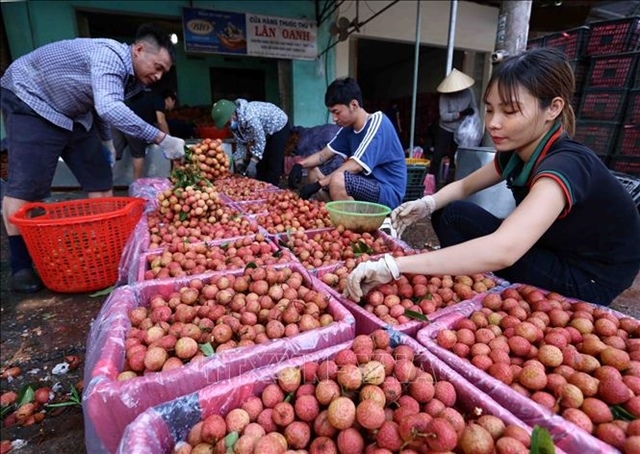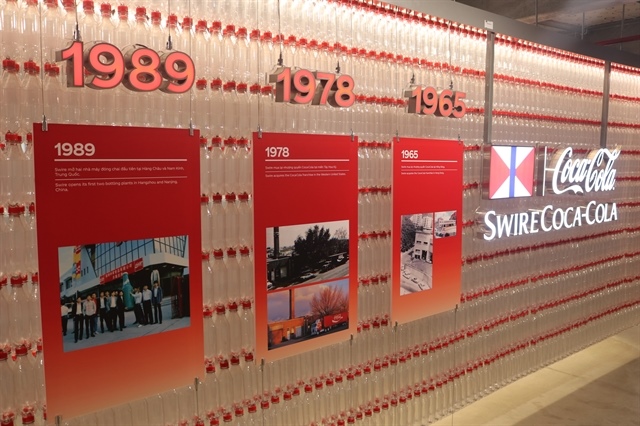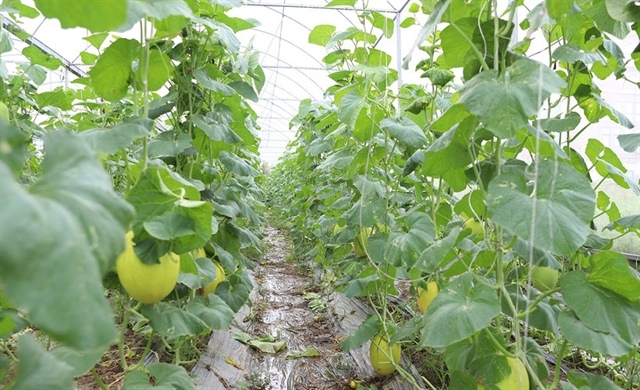Vung Ang thermal plant BOT deal talks heat up
Vung Ang thermal plant BOT deal talks heat up
The Vung Ang 2 thermal power project is in the final stage of build-operate-transfer negotiations with the intention of starting construction early next year.

Vung Ang 2 Thermal Power Joint Stock Company (VAPCO), the investor in the 1,200 megawatt Vung Ang 2 project recently reported to the Ha Tinh provincial authorities that the investor had submitted build-operate-transfer (BOT) contracts to the Ministry of Industry and Trade. It is expected to start construction in March 2015.
It will become the sixth foreign-invested BOT power project in Vietnam over the past decade, following Phu My 2, Phu My 3, Mong Duong 2 plant, Hai Duong power plant and Vinh Tan 3 plant.
The 1,200 megawatt Vung Ang 2 project is a part of the Vung Ang thermal power centre in the central province of Ha Tinh, where the state-run PetroVietnam is building the Vung Ang 11,200 megawatt power plant.
The project is being built by VAPCO, a joint venture between the locally-owned Refrigeration Electrical Engineering Corporation (REE) and OneEnergy Asia Limited, which is a 50/50 partnership between Hong Kong’s CLP Holdings and Japan’s Mitsubishi Group. VAPCO was established in 2007, with BOT contract negotiations starting in 2009. Conversion of foreign currency has proven to be a tricky obstacle in BOT contract negotiations.
Under the prime ministerial Document 1604/TTg-KTN, the Vietnamese government guarantees conversion into US dollar for 30 per cent of the project revenue in VND. However, investors in BOT power projects with ongoing negotiations such as Vung Ang 2 and Van Phong requested up to 100 per cent foreign currency exchange guarantee.
Since Vietnam opened its doors to foreign investors, the Vietnamese government has licensed only five BOT power projects. However, increasing domestic electricity demand has attracted foreign investors to the country’s power sector.
Although Vietnam’s economy is still in a downturn, the electricity demand in the first half of this year rose 11 per cent year on year. The MoIT estimated that the demand would continue to increase from 11 to 13 per cent next year.
vir

























